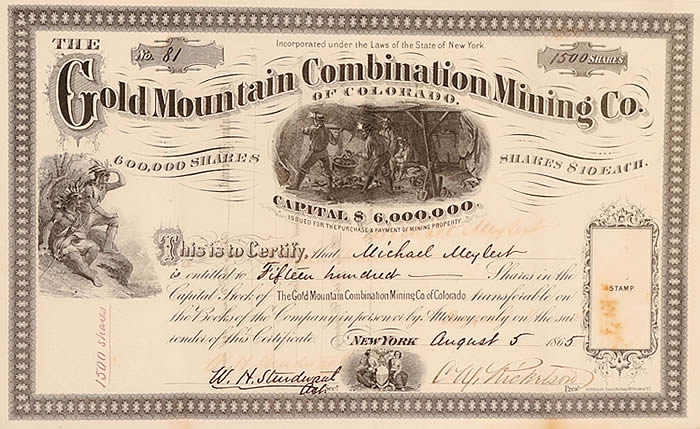Part I: The Turner Thesis and the Mythologized Frontier
The identity of the Four Corners region is inexorably linked with images of rugged pioneers who settled the vast, inhospitable wilderness by virtue of their sheer determination. The roots of the region’s mining industry validate that story, at least at first glance. The history of mining in the Animas begins in the 1860s, when prospectors like Charles Baker traveled southwest from the Front Range following the Pike’s Peak Gold Rush two years before. Baker and his party eventually made their way to the San Juan Mountains determined to find placer gold. Their strikes eventually drew the attention of other prospectors who discovered deposits of silver and other minerals. By the 1870s, the San Juan Mining District “served as a cradle for engineering and mining practices that revolutionized the mining industry.” The region weathered the boom-and-bust cycle familiar to mining regions generally, and the economic crises of 1893 and the Great Depression. Hard rock mining in the district declined after World War II as mineral prices stagnated and deposits were mined out.[1]
The frontier has long been regarded as a defining part of the American experience, and miners and mining camps loom large in the popular imagination of frontier history. In 1893–the same year that declining silver prices sent communities like Silverton reeling–scholar Frederick Jackson Turner affirmed the importance of the frontier at the annual American Historical Association held in Chicago during the World Columbian Exposition. Noting that the Superintendent of the 1890 Census had declared that the frontier line had effectively vanished, Jackson passionately argued that the frontier experience caused the American people to shed the trappings of civilization and rediscover their primitive racial energies. This made them more creative, independent, and vigorous than their old-world counterparts, and, for Turner, imparted Americans with their unique character and propensity for democracy.[2] The closing of the frontier, then, represented a profound challenge to national identity.
Turner’s frontier thesis was enormously influential during his lifetime and during subsequent decades, but by the 1960s historians had begun to critique Turner’s argument as mythologizing the frontier experience. One way that Turner did this was by contributing to what Ojibwe scholar Jean O’Brien calls a process of erasure[3] of North America’s indigenous people. That is to say, Turner frontier experience had no room for Native Americans as anything but obstacles for settlers to overcome. They were a part of the wilderness that White pioneers conquered and did not possess a history or a true civilization of their own.
Historians have also questioned Turner’s emphasis on settler’s self-sufficiency. While mining camps like those in the Animas Mining District during the 19th century were certainly isolated major cities, most people who ventured west gravitated to larger settlements like Denver or San Francisco. Nor were most miners independent. Rather, the mining industry was backed by Eastern money and was dominated by larger organizations. Even Charles Baker worked for S.B. Kellogg & Company.

Mining operations were often backed by investors from the east coast. For example, the Gold Mountain Combination Mining Company was incorporated in New York, as revealed by this stock certificate from 1865. Depictions of Native people, such as those on the left, further illustrate how miners and popular culture viewed them as part a wilderness that required taming by miners and other frontiersmen.
Regardless of the problems with Turner’s thesis, its popular appeal is illustrated by the nostalgia for the frontier experiences that permeated the post-World War II uranium boom. The federal government, mining companies, and the media recalled a mythologized past in pamphlets, songs, and on film in a way that encouraged everyday people to pick up a Geiger counter and seek their fortune in the Four Corners region. Like Turner’s version of western history, contemporary accounts of the uranium boom ignored the experience of Native people, exaggerated the role of the rugged individual, and downplayed the importance of institutions and financiers headquartered on the east coast.
[1] Eric Twitty, Basins of Silver: The Story of Silverton, Colorado’s Las Animas Mining District (Lake City, CO: Western Reflections Publishing Company, 2008): pp. 1–5, 319, 339-40.
[2] Frederick Jackson Turner, “The Significance of the Frontier in American History,” Annual Conference for the American Historical Association, July 12, 1893.
[3] Jean O’Brien, Firsting and Lasting: Writing Indians out of Existence in New England (Minneapolis: University of Minnesota Press, 2010).